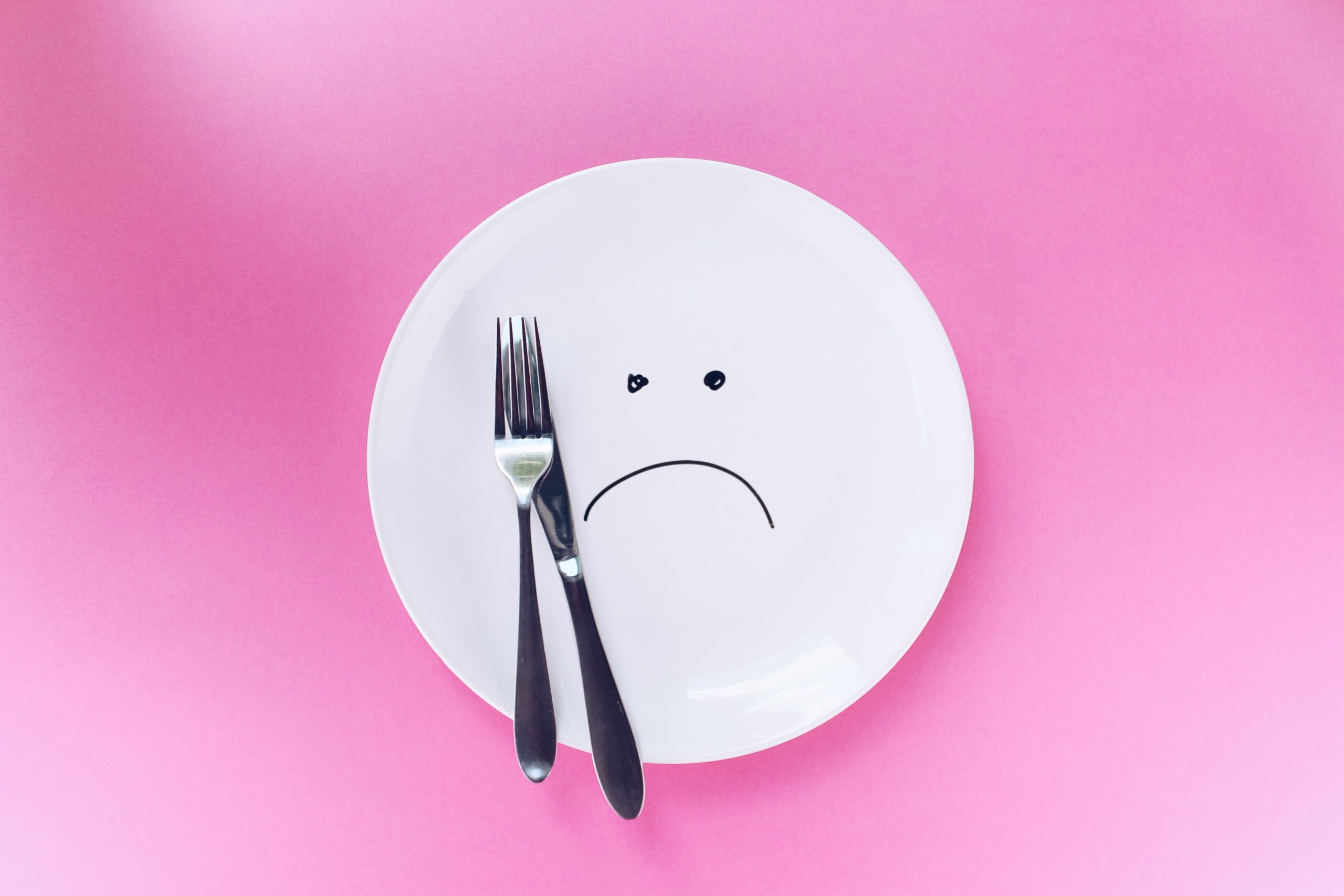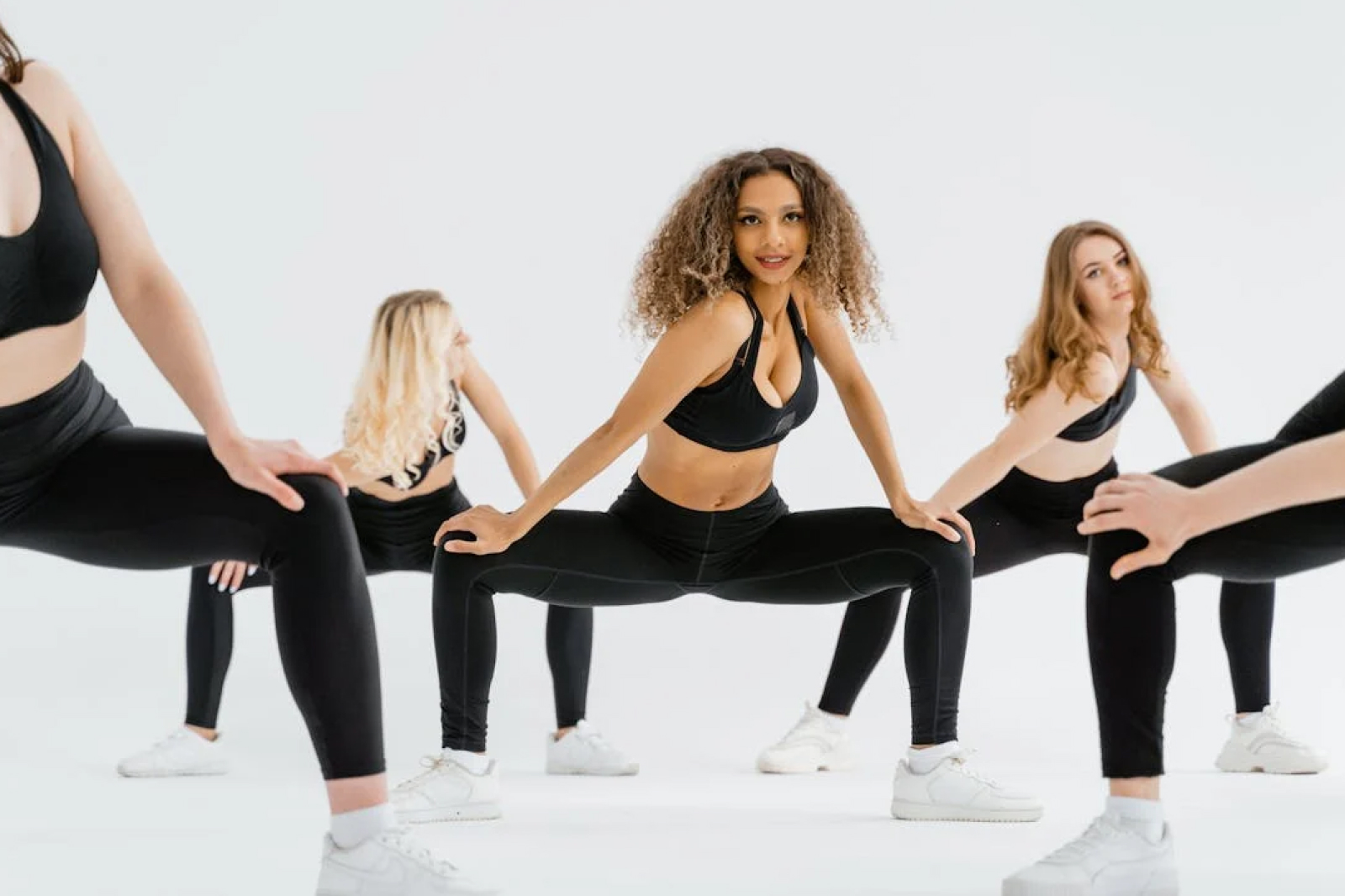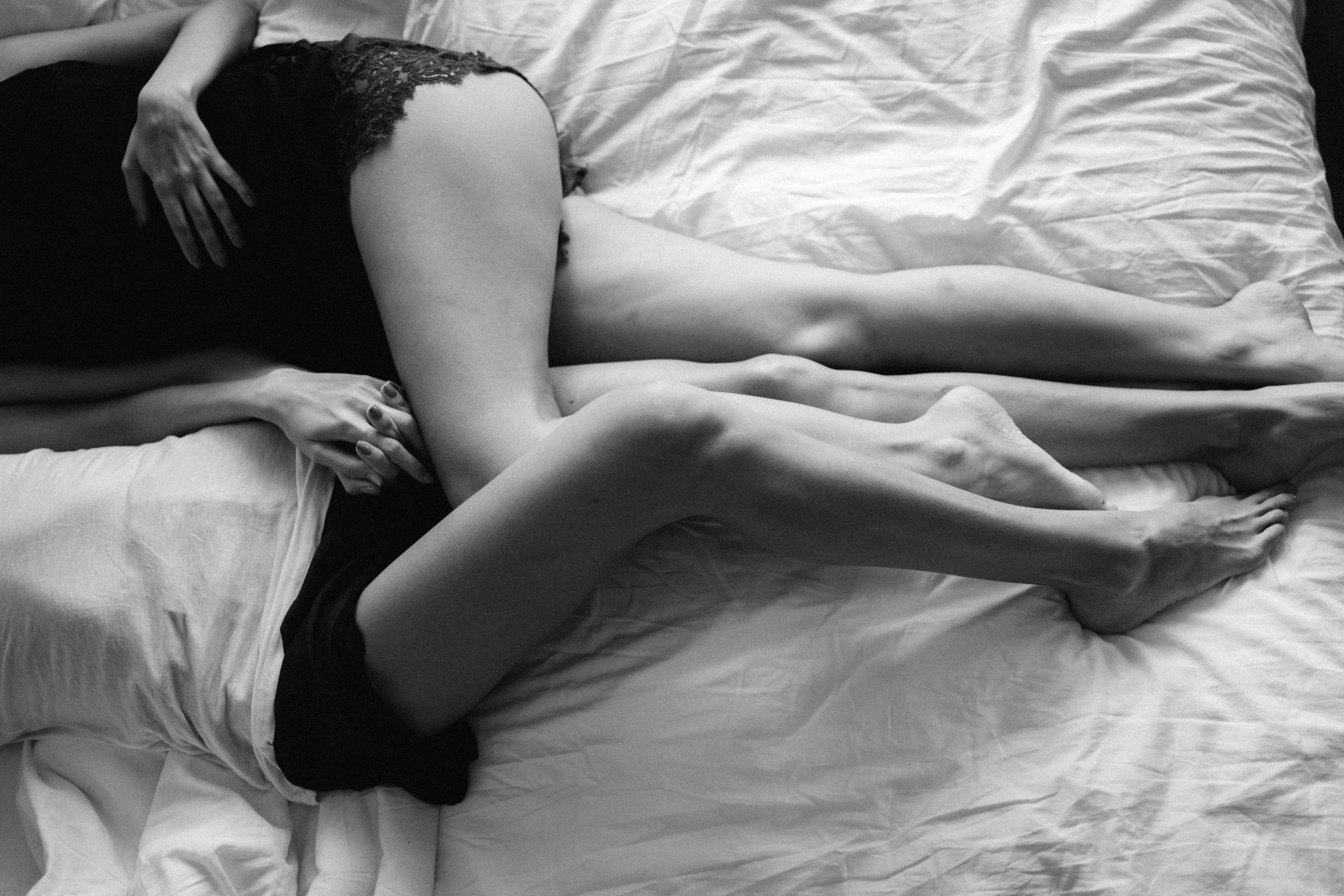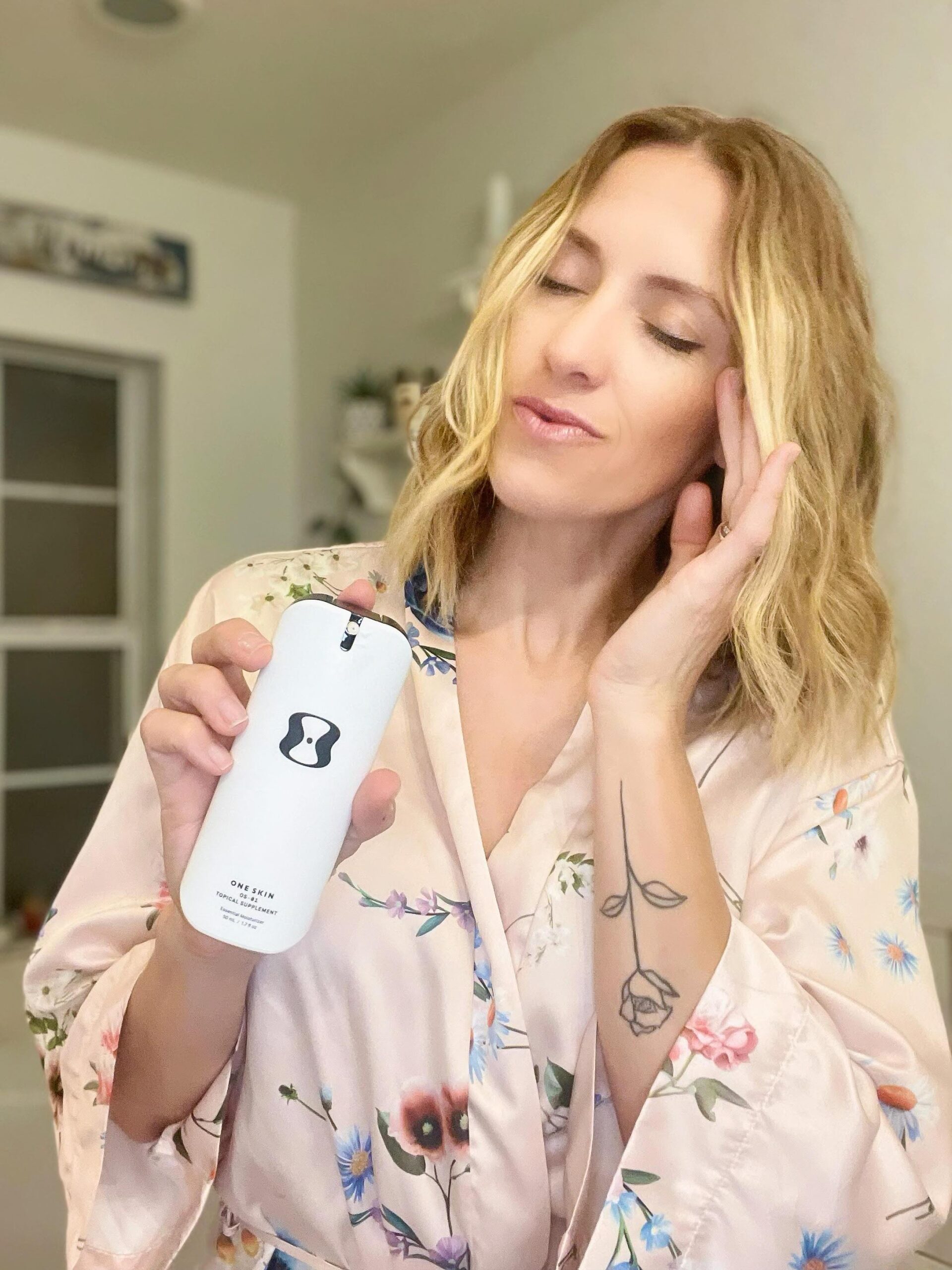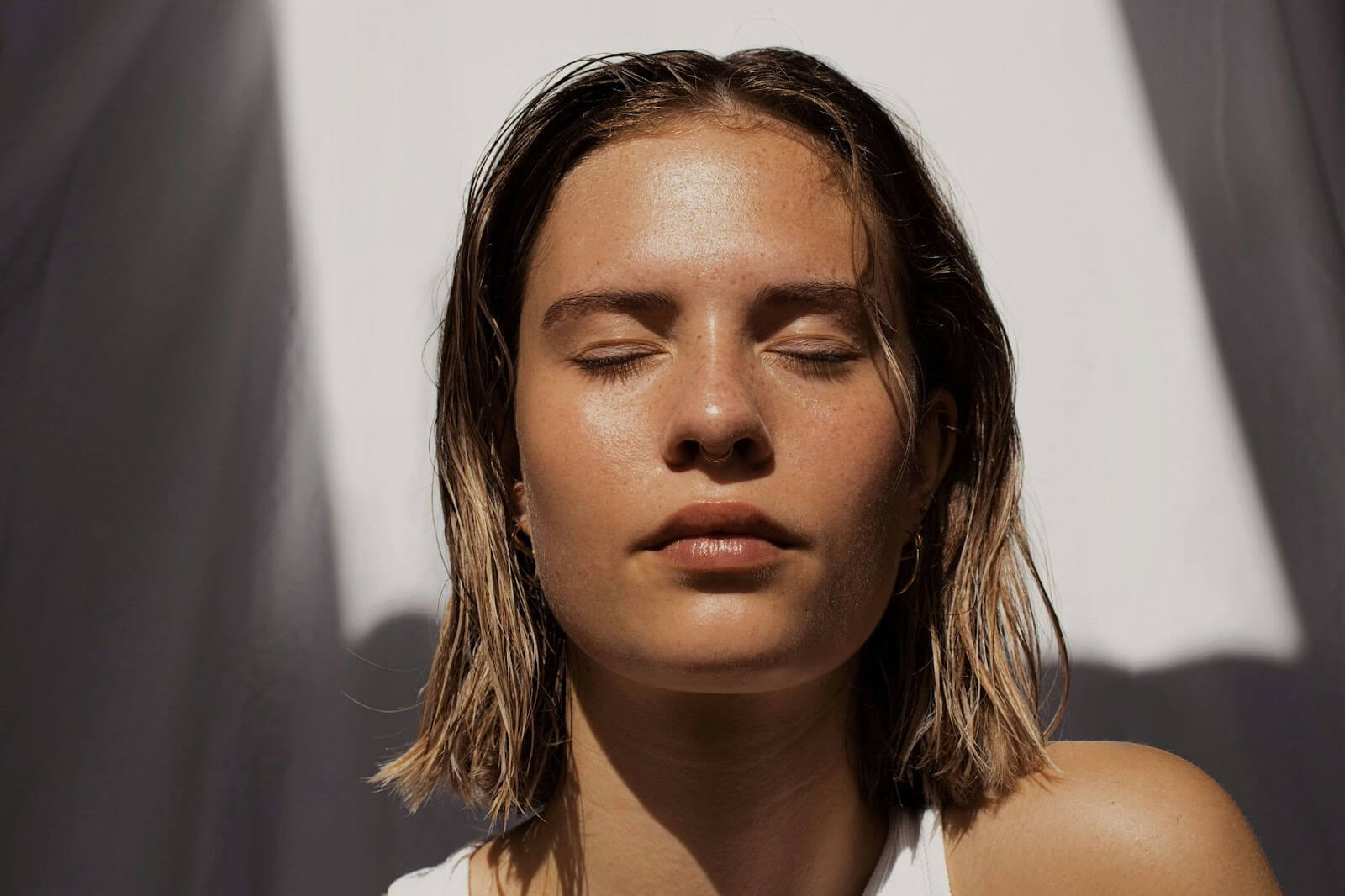For all young, hip, city folk of a certain age, The Cut is an online Bible. My conversations regularly feature exhaustive discussions about their most recent articles. And when I scroll through all my friends’ Instagram, I see the “Liked By” tab. It’s like waving hello, over Instagram. And if I notice that a friend’s name is missing, I shoot over the most recent meme or headline in a DM. It’s friend-homework. Catching up on The Cut.
And, as a writer, I’m convinced that The Cut and the rest of New York Magazine sit at the center of the zeitgeist. For our jobs, we need to know what the culture is saying. And The Cut speaks for the culture.
This is why it was so alarming when, on February 27th, they posted another piece adding to the Ozempic discourse. This rumination on the Hollywood-touted appetite suppressant — and literally a diabetes medication — was titled: “Life After Food.” And in the opening paragraphs, an interviewee is quoted saying: “We don’t talk about it, but everybody knows it. Thin is power.”
Besties, when I say my jaw is on the floor, I am not lying. But I soldiered on. I kept reading. Where are they going with this? I wondered. Surely, somewhere less bleak than this. Unfortunately, I was disappointed.
“Weren’t we supposed to have moved on from this? The discourse on bodies has changed since the days when a slender figure could be blithely and uncomplicatedly celebrated, sought, or advertised,” the article poses. “Ours was supposed to be the feel-good era of Lizzo and Ashley Graham and Adele.”
And while this moment in the piece gave me hope, it was quickly lost. Their argument is essentially this: now that Hollywood has abandoned the idea of body positivity, it’s totally fine if we do, too.
Many of the consequent behaviors and results of this drug sound exactly like disordered eating symptoms. The thinspo blogs in indie-sleaze era Tumblr would have had a field day with this. It’s triggering to read. And yet, laid all out there with a cynical snark that never admonishes this behavior, but rather declares it as the state of the union.
Mind you, this is just weeks after The Cut published an essay by plus-sized influencer Remi Bader about the industry using her as a prop while she struggled with an eating disorder.
Bader told the Not Skinny but Not Fat Podcast about her own Ozempic experience. “They said I need this. And I had a lot of mixed feelings,” she said. “A few months later I went off it and got into the bad bingeing.”
The call is coming from inside the house.
And this isn’t just a problem with this specific piece. This is an attitude being blasted all over the internet. The jig is up! The joke is over! Thin is in again — no matter the cost.
From the perspective of those gatekeeping industries like Hollywood and the fashion world — which have become increasingly enmeshed — body positivity is no longer on anyone’s mind.
By BOF’s count, there were noticeably fewer plus-size models cast in runway shows at New York Fashion Week this season. And more distressing than the meager number of curve models strutting down the runway this fashion week was the styles that emerged as dominant.
The rise of Y2K fashion trends is bringing back that era’s devastating beauty criteria. High-waisted pants have been traded for lower waists, micro tops, and sheer fabrics that put the body on display. Even skinny jeans are making a comeback! Instead of designers adopting these trends for all body types — celebrating how various bodies look in figure-skimming clothes — they have regressed to the rail-thin standard of yore.
It’s Bella Hadid’s teeny, tiny frame at Coperni. It’s the red carpet obsession with naked dresses. It’s the goddamn Miu Miu skirt. I mean, we called it: the Miu Miu skirt launched the apocalypse.
Remember when that mini-skirt set — and those fast fashion knockoffs — were all over your feed? But you never saw anyone wear it in real life? That’s not just because it’s a completely impractical piece of clothing. It’s because Miu Miu never made accessible sizes for anyone other than — you guessed it — sample-sized models and celebrities.
Yet, this viral status symbol never captured the public’s attention. People weren’t clamoring outside Miu Miu stores to buy this. But the images proliferated everywhere. Why? Because it glorified an idea — one of impractical whimsy, but also of emaciation.
And now the Miu Miu skirt is joined by the Ozempic craze as the horsemen of the apocalypse, signaling the nail in the coffin for body diversity and a return to thin-obsessed pop culture.
Let’s be clear: thinness was never really out. Fatfobia still runs rampant through our society. But we’re not even pretending anymore.
This discourse has gone the way the plastic surgery discourse went. Rather than empowering people to celebrate their natural features and reject the homogenous standards of beauty we’re constantly exposed to, we’ve shrugged our shoulders.
There’s no shame in having insecurities. But I think we’ve lost the plot. We’re throwing our hands up and normalizing an insane appetite suppressant and moralizing it because the people who are taking it imagine they’ve unlocked some secret?
“Especially for women who have been thin their whole lives — but not skinny, not fashion thin — the idea of touching that without having to sweat is really fun,” says one of The Cut’s sources. “It’s really fun for them to have their jeans hang off of them like they’re a Hadid. There is an addictive quality to it.”
This addictive quality described is the product of a body hierarchy that places thin people at the top and fat people at the bottom. This same hierarchy also prioritizes whiteness, and conforming to European standards of beauty. So, why are we so obsessed with it?
I, for one, refuse to treat this like it’s yet another trend to get in line with. Bigger bodies should not be treated like they’re disposable for the trend cycle. We definitely shouldn’t normalize starving ourselves.
But, luckily, there is hope. Florence Pugh and other leading ladies have talked about their refusal to diet for roles. Models like Paloma Elsesser are preaching radical self-acceptance. And we can’t overstate the impact of megastars like Rihanna and Selena Gomez casually addressing their weight gain and loudly loving themselves as their bodies pass through many natural phases.
These efforts are bolstered by brands that extend their sizing, making space for the big girls in a world that wants them to disappear. But we now have terrific, plus-sized brands that are creating stylish, trend-forward apparel in the face of so much blatant fatphobia.
Here are some of the most inclusive spectacular brands we’re loving right now:
All products featured are independently selected by our editors. Things you buy through our links may earn us a commission

